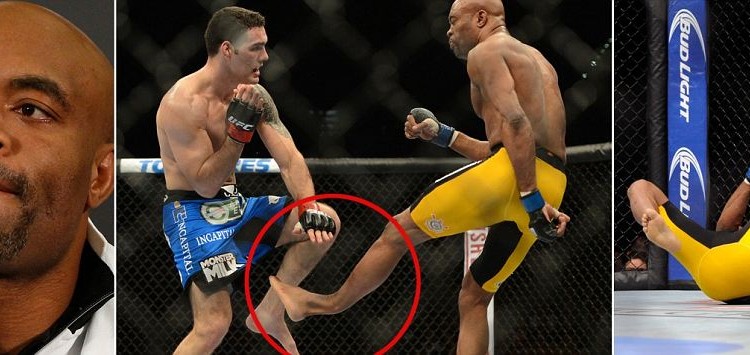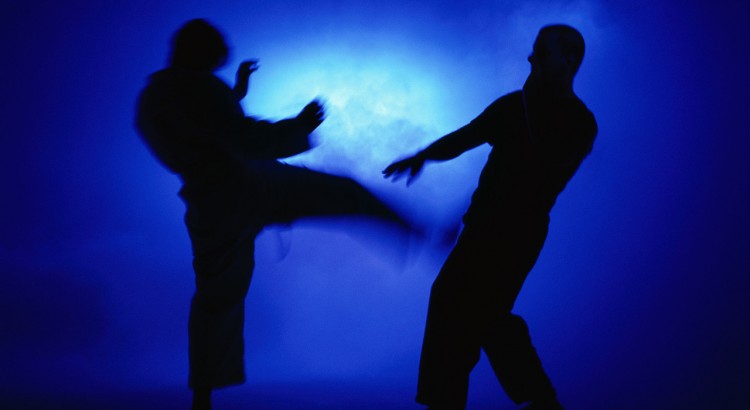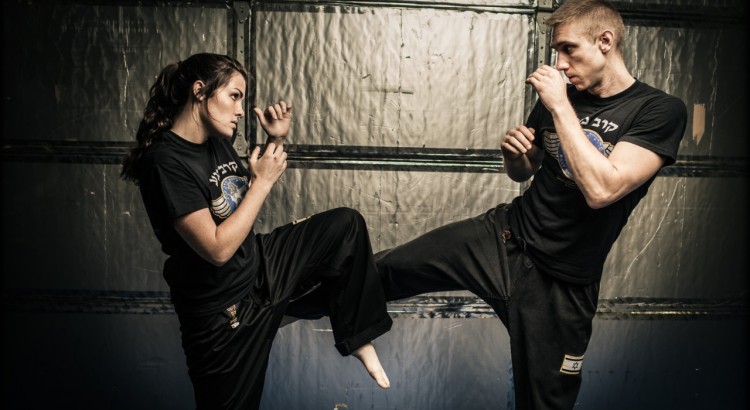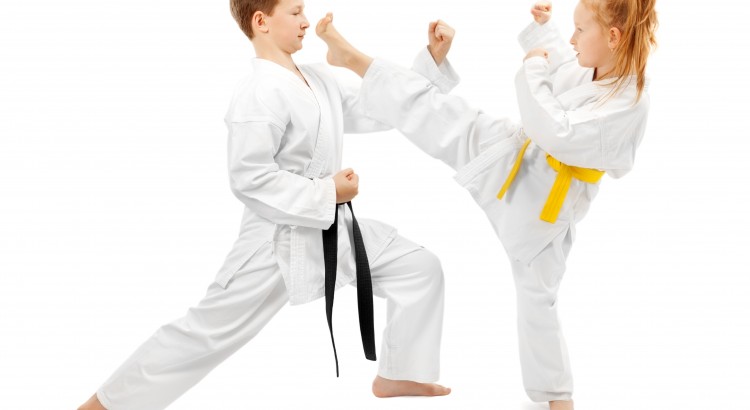It’s said that getting injured in part of the game. Just like in any sport, there is a risk of getting hurt while practicing martial arts. It doesn’t really matter which style of martial arts that you are into—jujitsu, karate, judo, kickboxing, or kung fu. The point is, there’s always a chance that you would hurt a part of your body while sparring or when in competition.
In 2011, the U.S. Consumer Product Safety Commission noted that there were more than 35,000 visits to emergency rooms in hospitals for injuries that are related to martial arts. That bit of information may sound scary, but wait till you learn more of the stats in other sports.
For instance, the same agency reports that there were more than 570,000 visits to emergency rooms in hospitals due to basketball-related injuries. Of that number, 8,000 resulted in hospitalization.
The other sports aren’t far away. Football related injuries resulted to more than 466,000 trips to the emergency room, while baseball and softball injuries had 265,000 trips. Soccer injuries, meanwhile, resulted to more than 231,000 visits to emergency rooms.
Although engaging in martial arts is less likely to get you injured than say, playing basketball, there is still the chance that you would end up getting these injuries if you aren’t careful, or when bad luck strikes:
Skin Damage
Cuts and bruises are fairly common in martial arts. There is also the possibility that you’ll develop skin infections such as staph and ringworm when you participate in contact sports like martial arts.
Concussion
Since martial arts emphasize on striking and throwing, it’s easy to understand why you are at risk of concussions when you engage in this contact sport. Concussions can happen when you are hit hard in the head, or when your noggin hits the mat hard.
Symptoms of concussion are dizziness, nausea, headaches, difficulties in concentrating, and memory problems. If you experience these symptoms, you should stop training or sparring and seek medical help. You must also get clearance from a qualified health care professional before returning to play or compete.
Strains and Sprains
There is also the risk of strains, or injury to a muscle or tendon. For instance, you may tear a muscle when you hit an opponent or object.
Sprains are also common, because of all the kicking and grappling in martial arts. These repetitive activities can put a strain on the knees, damaging the ligaments and resulting to sprain.
Hand and Arm Injuries
Grappling and punching can cause injuries to the arms and hands. The fingers are particularly prone to getting injured because of the repeated punching. While hand injuries may seem less serious than sprains or concussions, you should not take hand and arm injuries lightly. In fact, injuries to small joints of the hand may take a long time to recover.
Risk Factors
There are certain factors that would increase your risks of injury. One of these is poor technique. Moving a body part incorrectly can put a lot of strain on the joints, ligaments, and muscles. There’s also increased risk of injury when you use excessive force, like when an opponent fails to pull a kick or punch and subsequently inflicts harm on you.
Moreover, novice martial arts practitioners are more likely to get injured due to the fact that their bodies aren’t used to the physical demands of the sport. Training too much and too often can also increase a martial arts practitioner’s risk of injuries.
Safety Tips
You can prevent these injuries from happening if you follow safety tips. One of the more commonly suggested safety tips is to warm up thoroughly before training or sparring. You should stretch for at least 15 minutes before throwing any kicks or punches.
After training or sparring, give yourself time to cool down. You must also not forget to stretch afterwards. And drink lots of water during and after a training session.
During training, always wear appropriate protective gear like mouth guards and helmets. You must also have a chest protector, padding, and braces.
You must also make good use of peripheral vision. Good hand-to-eye coordination would be very valuable as you can protect yourself against strikes. This can be harnessed over time, especially through frequent practice.
Maintaining good physical condition is another way to minimize your risks of getting injured. When you get fatigued easily, there’s the tendency for you to execute a technique improperly which can then lead to straining a muscle or injuring a finger.
Speaking of techniques, you should practice new techniques at half speed. Talk to your coach or instructor before pulling off a new move so that you’ll know how to safely execute it.
Injuries may be part of the game, but you can always avoid them if you just follow the aforementioned tips.




